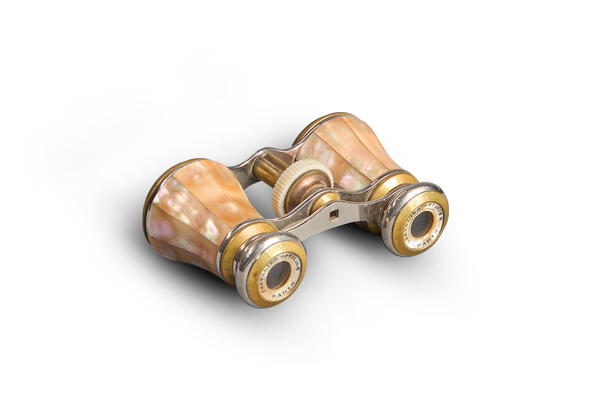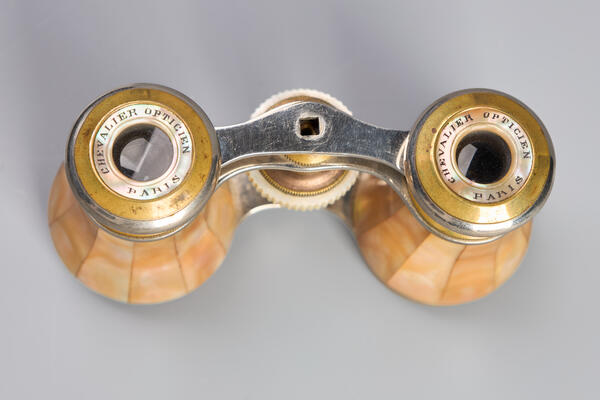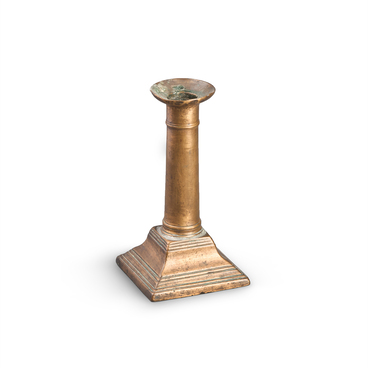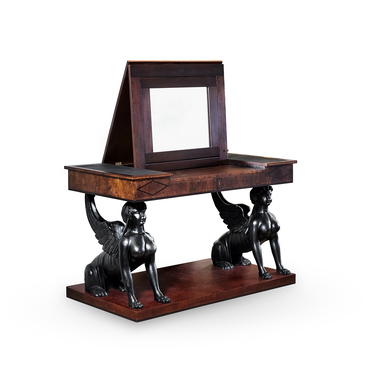Theatrical binoculars are an important accessory for theater enthusiasts. Spectators always want to see the details of the set, the faces, facial expressions, and costumes of the actors.
The history of binoculars dates back several centuries. The first theater binoculars, mentioned as early as the 17th century, were monocular telescopes. These were rare and expensive accessories for true fashionistas. Monoculars were carefully matched to the outfit and were often decorated with precious stones, pearls, and gilding. Over time, theater binoculars became more powerful and convenient and subsequently completely replaced monocular telescopes.
The fashion for theater binoculars became widespread in Russia, where theatrical art was very popular. The official history of the Russian theater began back in 1756, when Empress Elizabeth Petrovna issued a decree on the establishment of the State Theater in Russia.
The new theatrical trends also reached the Belgorod region. Evidence of this is the history of the famous serf theaters — and above all, the Sheremetev Theater, owned by the Sheremetev family, who had extensive estates in these areas. Many residents of Belgorod, natives of the village of Borisovka, were actors in the troupe. Beautiful, stately, with wonderful voices, and steeped in the traditions of Southern Russian musical culture, these serf talents became the adornment and pride of the Sheremetev Theater, orchestra, and choir.
In the 1820s, a serf theater was created in the village of Golovchino, on the estate of Khorvats landowners. Dramas, comedies, vaudevilles, operas, and ballets were staged there. Performances were held all year round and, at least four times a week. In terms of the number of productions, the Golovchino Theater ranked third in Russia after the Vorontsov and Sheremetev theaters. The troupe consisted of up to 200 artists. The Khorvats’ Theater toured in Kursk, Poltava, Kharkov, Moscow, and St. Petersburg.
The Belgorod land also gave the young Russian
theater one of its stars, Mikhail Semyonovich Shchepkin, who first discovered
the magic of stage art in the serf theater of Count Wolkenstein.




